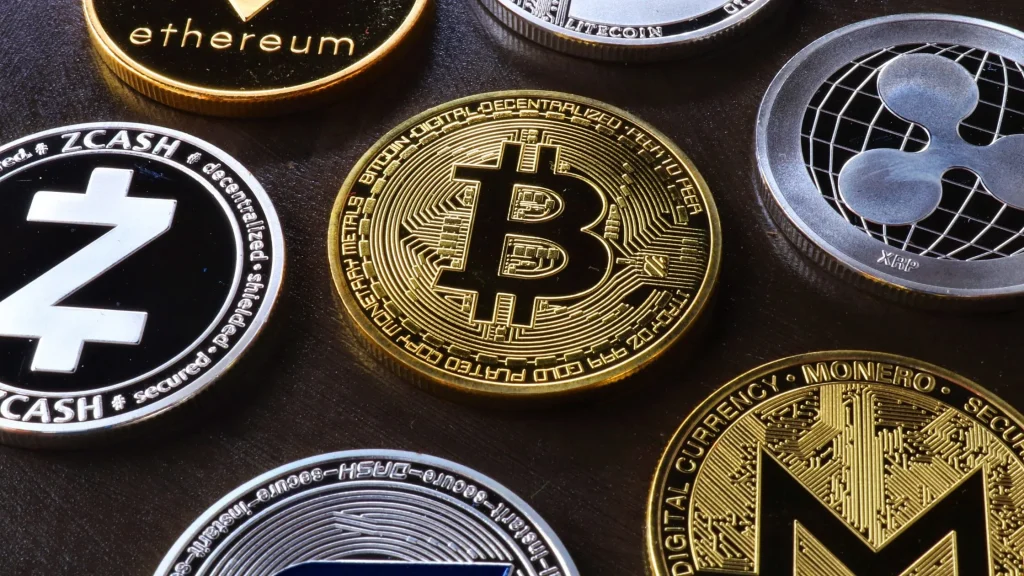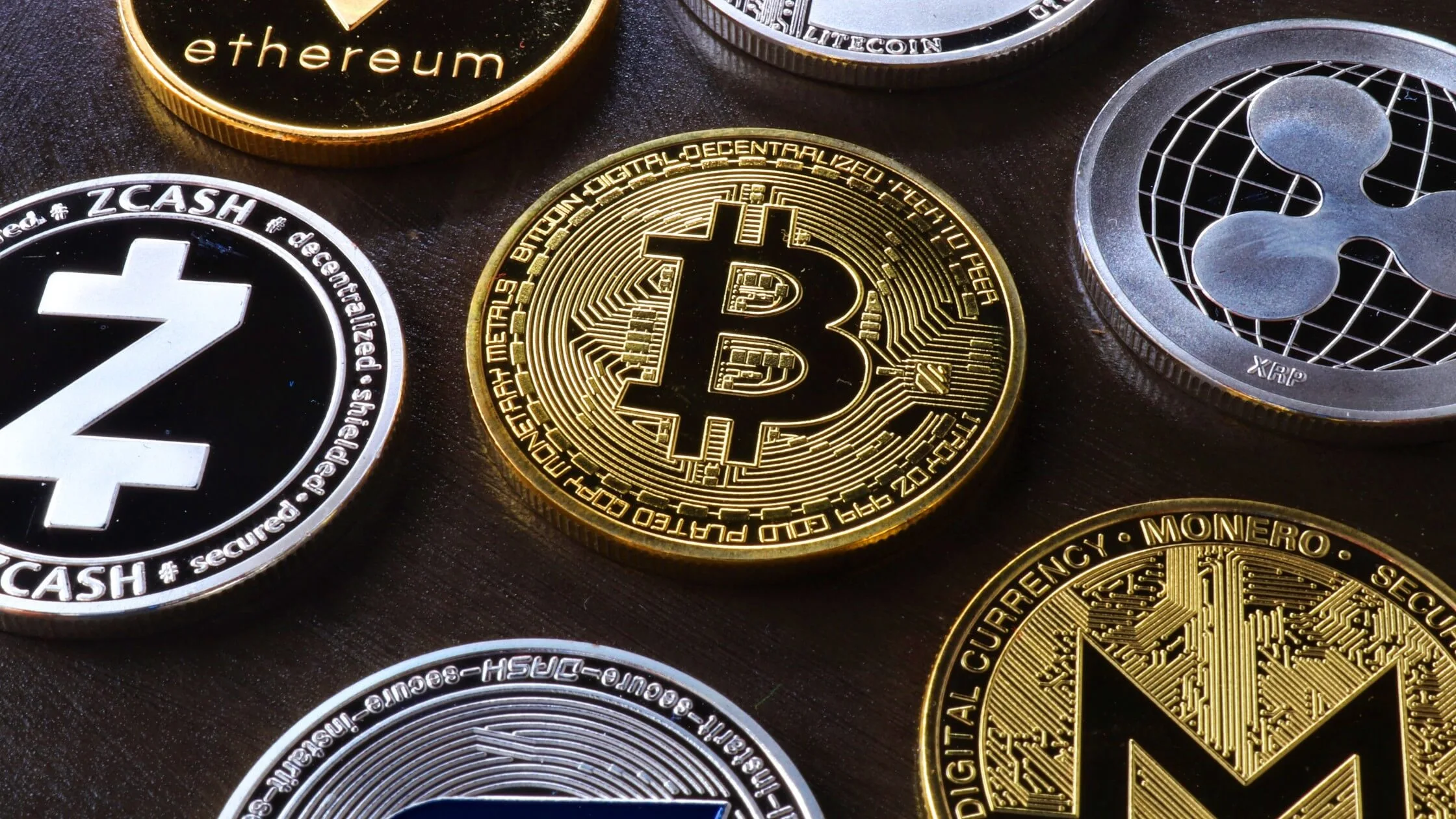Stablecoins, a type of cryptocurrency pegged to a stable asset like the US dollar, have emerged as a significant force in the global financial system. These digital assets offer a unique blend of stability and the potential for innovation, reshaping traditional financial paradigms.

Content
What are Stablecoins?
Stablecoins are designed to maintain a relatively stable value, unlike other cryptocurrencies that can fluctuate wildly. They achieve this stability through various mechanisms, including:
- Fiat-backed stablecoins: These are backed by real-world assets like US dollars, held in reserve.
- Crypto-collateralized stablecoins: These are backed by other cryptocurrencies, often overcollateralized to ensure stability.
- Algorithmic stablecoins: These rely on algorithms to maintain a stable price, without relying on physical assets.
The Impact of Stablecoins on the Global Financial System
- Facilitating Global Payments:
- Faster and Cheaper Transactions: Stablecoins can streamline cross-border payments, reducing transaction times and costs associated with traditional banking systems.
- Increased Financial Inclusion: By providing access to financial services, stablecoins can empower individuals and businesses in underserved regions.
- Enhancing Financial Innovation:
- Decentralized Finance (DeFi): Stablecoins are a crucial component of DeFi, enabling the development of innovative financial products and services.
- Programmable Money: Smart contracts, powered by stablecoins, can automate financial processes, leading to greater efficiency and transparency.
- Bridging the Gap Between Traditional Finance and Crypto:
- Interoperability: Stablecoins can serve as a bridge between traditional financial institutions and the crypto ecosystem, fostering collaboration and innovation.
- Institutional Adoption: By offering a more stable and regulated investment option, stablecoins can attract institutional investors to the crypto market.
- Potential Risks and Challenges:
- Regulatory Uncertainty: The regulatory landscape for stablecoins is still evolving, and inconsistent regulations can hinder their widespread adoption.
- Market Manipulation: Stablecoins, like any other asset, are susceptible to market manipulation, which can impact their stability.
- Cybersecurity Risks: As with any digital asset, stablecoins are vulnerable to hacking attacks, which can lead to significant losses.
The Future of Stablecoins
The future of stablecoins is promising, with the potential to revolutionize the global financial system. As regulatory frameworks become clearer and technological advancements continue, stablecoins are poised to play a pivotal role in shaping the future of finance. However, it’s crucial to approach stablecoins with caution and to be aware of the associated risks. By understanding the potential benefits and drawbacks, individuals and institutions can make informed decisions about their use.

Randal Daly has been following the crypto space since 2024. He is a passionate advocate for blockchain technology, and believes that it will have a profound impact on how people live their lives. In addition to being an avid blogger, Randal also enjoys writing about developments in the industry as well as providing useful guides to help those who are new to this exciting frontier of finance and technology.




